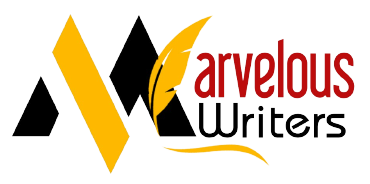Understanding Hidden Curriculum in Education
A hidden curriculum includes all the unwritten and unofficial lessons students learn in school. This includes norms, values, and beliefs (Li, 2019). These lessons are not openly intended to be taught. They are called a hidden curriculum because they are often not acknowledged by students, educators, and the community (Elliot et al., 2020).
Faculty must be aware of this hidden curriculum in their programs. It can present a biased view of events, people, and actions.
To identify the hidden curriculum, faculty can use several effective methods. They can conduct surveys and focus groups. Asking questions and observing student behavior are also useful. Faculty should assess how well students understand different perspectives in specific situations (Elliot et al., 2020).
Teachers can shape the hidden curriculum by teaching problem-solving skills. They can use lessons that include simulations, experiments, and case studies (Elliot et al., 2020). By recognizing and addressing the hidden curriculum, educators can help create a more balanced and fair learning environment for all students.
It is important for teachers to know about this hidden curriculum in their programs. It can show a biased view of events, people, and actions.
Some effective ways for teachers to spot the hidden curriculum include using surveys, focus groups, asking questions, observing student behavior, and checking how well students understand different views in specific situations (Elliot et al., 2020). Teachers can also shape this curriculum by teaching problem-solving skills through lessons that use simulations, experiments, and case studies (Elliot et al., 2020). APA

